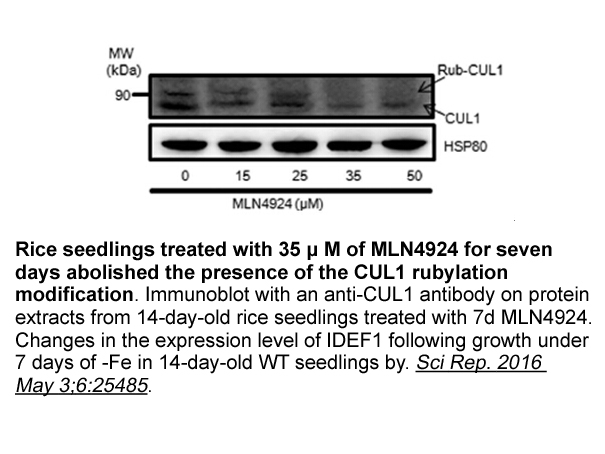Archives
br Experimental and simulation section
Experimental and simulation section
Acknowledgments
Financial support for this work was provided by the National Natural Science Foundation of China (No. 81101688). We would like to thank NC State University High Performance Computing Center for providing us computing resources, and Dr. Lihui Peng for assistance on placental sample collection.
Introduction
Human cytochrome P450 aromatase, (AROM; CYP19A1; 503 amino acid) exhibits high substrate specificity in catalyzing the synthesis of Capsazepine australia from androgenic precursors [1]. The enzyme is the product of the CYP19A1 gene, which has one family and one subfamily, and is an integral membrane hemeprotein of the endoplasmic reticulum. Inhibition of estrogen biosynthesis by AROM inhibitors (AI) constitutes one of the foremost therapies for postmenopausal estrogen-dependent breast cancer today.
Cytochrome P450’s in general catalyze the metabolism of a wide variety of endogenous and xenobiotic compounds, and drugs with low substrate specificities [2]. AROM, on the contrary, uses with high specificity androstenedione (ASD), testosterone (TST), and 16α-hydroxytestosterone (all with the same androgen backbone) as substrates converting them to estrone (E1), 17β-estradiol (E2), and estriol (E3) (all with the same estrogen backbone), respectively [3]. Because of its unique hydroxylation reaction that involves a carbon-carbon bond cleavage and a ring aromatization, AROM has been a target of biochemical and biophysical investigations for the past 50 years [1,[3], [4], [5], [6], [7], [8], [9]]. Recent advancement on structure and function of AROM in complex with the natural substrate ASD and steroidal inhibitors have provided the molecular basis for its substrate specificity, reaction mechanism, steroidal passage, vibrational modes, trans-membrane integration and oligomeric state [[10], [11], [12], [13], [14], [15]].
For the three-step hydroxylation and aromatization reaction [16], AROM couples with cytochrome P450 reductase (CPR) that supplies the electrons necessary for the process. There is strong evidence that CPR couples to P450’s with its FMN-binding domain closest to the heme-proximal interface [17]. The heme proximal site of AROM could also be involved in binding with other protein partners, such as kinases and phosphatases that have been proposed to modulate AROM activity [18,19]. Furthermore, inhibition kinetics of non-steroidal compounds [20] and molecular mechanics/dynamics analyses have suggested the presence of additional ligand binding sites [21]. Normal modes analysis has indicated opening and closing of channels and passages due to AROM’s breathing motion [14].
Material and methods
Results
Discussion
We use new structural data to show that the substrate TST, a more potent androgen than ASD, binds at the heme-distal active site with substrate-specific interactions with the surrounding side chains, in a similar manner observed for the ASD complex. The 17β-OH group of TST is accommodated via two polar contacts with protein atoms and the C17 carbon atom has the highest deviation from the corresponding carbon atom in the ASD complex. Unreported previously, we show that the heme proximal site harbors a scaffold that is capable of binding and/or stably interacting with a ligand such as PEG or other molecules, and that this surface cavity is larger in area and volume than most other P450’s. Furthermore, it appears that the proximal cavity is divided into two compartments, one that accommodates the ligand density, and the other that forms the intermolecular in terface (Fig. 3). Although we have demonstrated that this head-to-tail polymeric association of AROM utilizing the crystal symmetry has built-in flexibility to form a multimeric association capable of inserting itself into the lipid bilayer [14], the biological and physiological implications of such crystal packing interactions, if any, remain to be elucidated. Interestingly, the first compartment is large enough to bind an interaction partner raising the possibility that the proximal cavity as a whole could furnish a three-way interaction surface. The X-ray data presented suggests that multiple subunits of a larger polymeric molecule such as PEG can fit into the cavity while keeping the intermolecular association intact. This is the unequivocal evidence that two interaction partners could simultaneously bind at the proximal interface without having to displace each other in the process. However, it is also possible that the D–E loop to proximal cavity intermolecular association has no physiological significance and the redox partner CPR binds P450s at the proximal interface occupying the entire proximal site.
terface (Fig. 3). Although we have demonstrated that this head-to-tail polymeric association of AROM utilizing the crystal symmetry has built-in flexibility to form a multimeric association capable of inserting itself into the lipid bilayer [14], the biological and physiological implications of such crystal packing interactions, if any, remain to be elucidated. Interestingly, the first compartment is large enough to bind an interaction partner raising the possibility that the proximal cavity as a whole could furnish a three-way interaction surface. The X-ray data presented suggests that multiple subunits of a larger polymeric molecule such as PEG can fit into the cavity while keeping the intermolecular association intact. This is the unequivocal evidence that two interaction partners could simultaneously bind at the proximal interface without having to displace each other in the process. However, it is also possible that the D–E loop to proximal cavity intermolecular association has no physiological significance and the redox partner CPR binds P450s at the proximal interface occupying the entire proximal site.